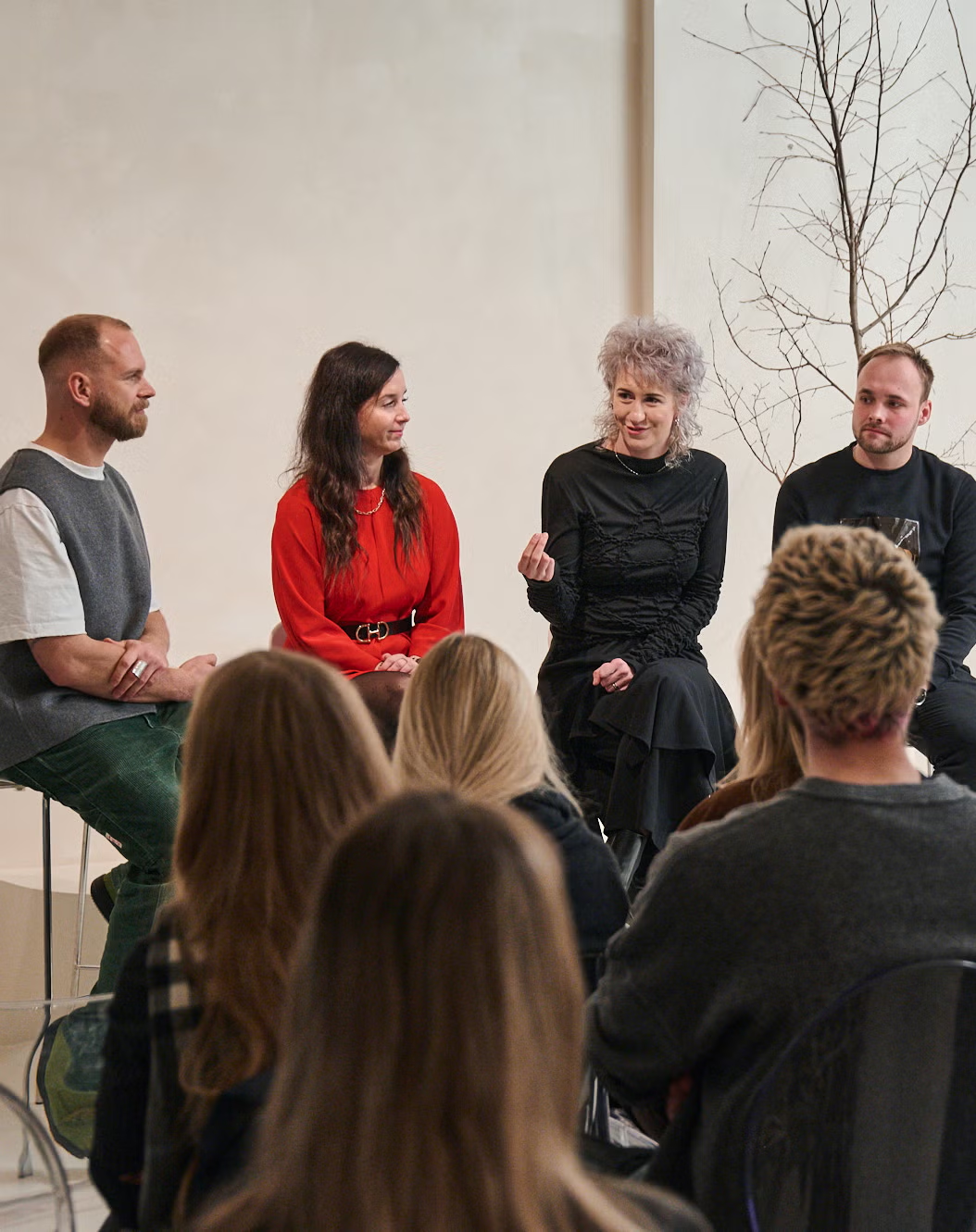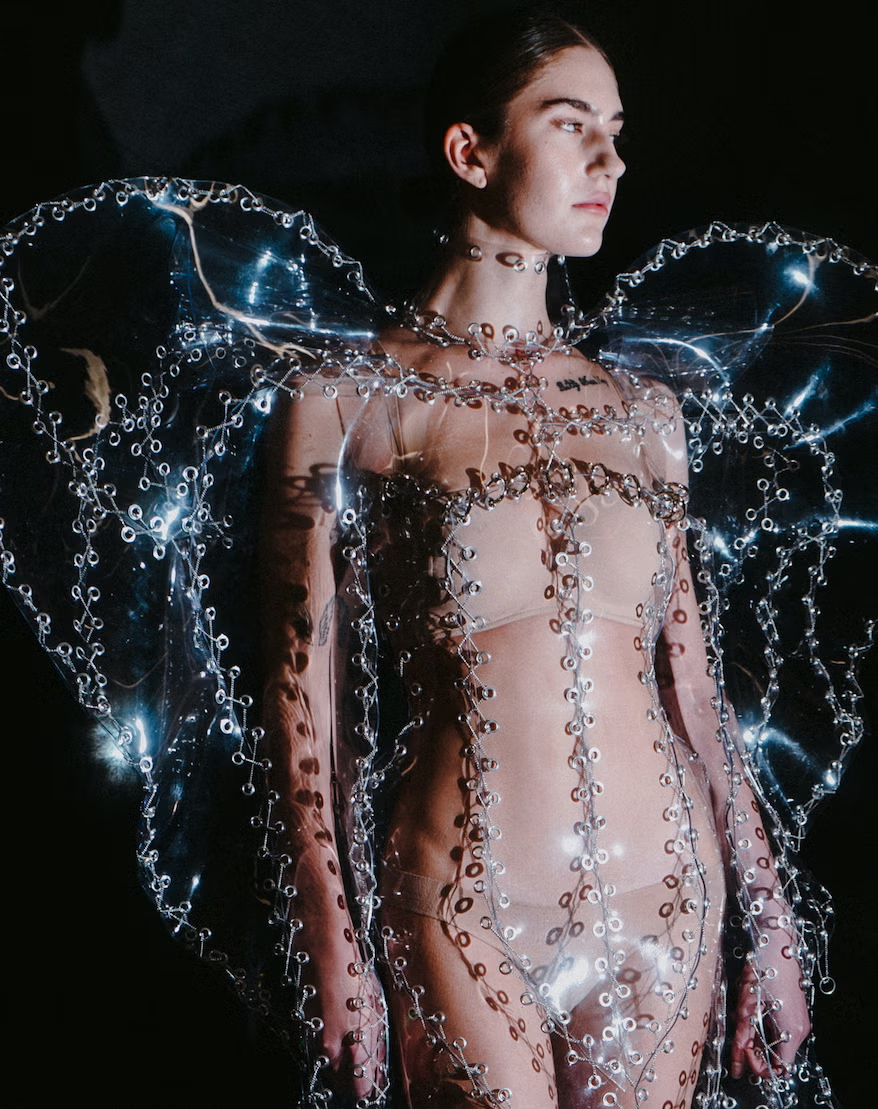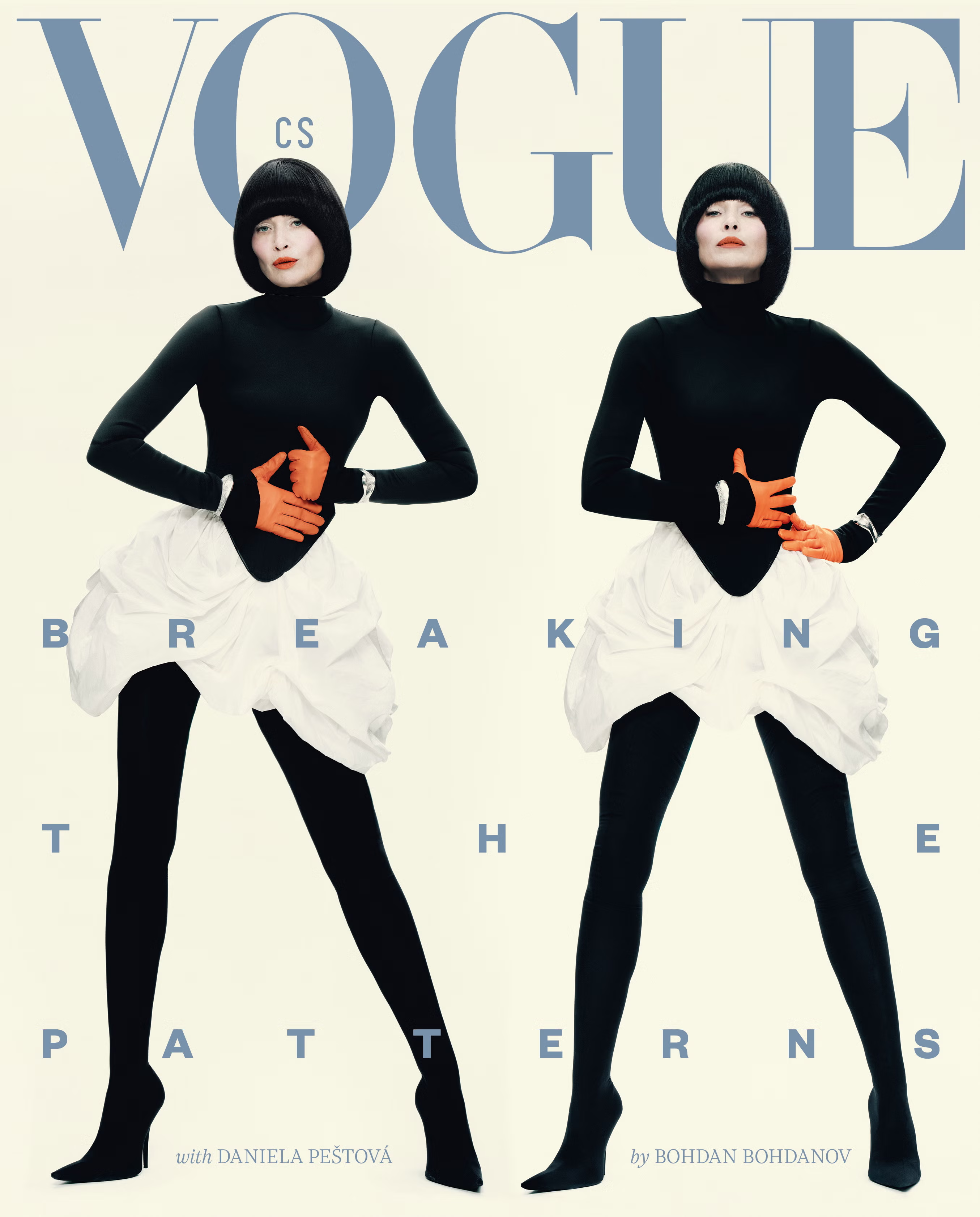Vogue CS in English
Commandments
Petra Němcová, Eva Sýkorová Čomborová7. 5. 2021
The line where consumerism and fast fashion ends and sustainable and responsible shopping begins can be blurry, especially if you do not want to fall into the greenwashing trap. Get your closet in order, and learn when and how to do it and what to fill it with.
Due to the (enormous) pressure today on consumer responsibility, a lot is, thankfully, changing. There are now armies of people who really think about what they buy. Some of them go to great lengths to bring relief to our plant: they study, research, read and question. Sometimes Google is enough; at other times, pouring over lengthy papers, counterstudies and global reports is required. And then there are those who have made raising awareness in this area their mission in life. In other words, it is hard work. Understandably, not everyone is so fired up about sustainability, and not everyone has the luxury of surplus time, will and patience. Apart from that, conscientious ecology is, unfortunately, also rich ground for full-fledged greenwashing. Everyone seems to be riding on the wave of good intentions these days, big names included. Some exploit environmental and ecological trends consciously; others have no idea what these are about. All efforts should, however, lead in one direction: trying to save what still can be saved or at least remedying the damage caused by decades of intensive overproduction. The bottom line is that if you want honest to goodness sustainability, you have to master three terms: respect (for everyone and everything), awareness and optimization (minimalism in modern jargon).
The Golden 24-h Rule
The times of impulsive shopping and throwing the 350 pair of the same shoes you already have at home into the digital shopping cart are over. Or at least should be. Put away your Instagram and stop looking at Reels: there you will surely not find advice on how to stop shopping. However, when vanity finally tries to lead you to temptation, give yourself time to think about what you are buying, ideally 24 hours. Go through you wardrobe and consider what you already have and, therefore, do not need. Ask yourself whether the purchase is absolutely necessary; otherwise, you will be walking barefoot to the bakery around the corner for fresh croissants, i.e., it will just be another one of your flights of fancy. Each time you come home with more things than you left with, you are only contributing to a problem with an unflattering name: “unhealthy consumerism”. This is really not about pastries or toothpaste, although these can also be sustainable to an extent. Your fridge also does not care if you are standing in front of it in Louboutins or Blahniks (although it would prefer you to be wearing Novestas).
Just Do Not Throw It Away
You read Vogue, so let us repeat the above in a more sophisticated way: upcycle, recycle, repair. If Tolstoy’s Princess Oblonsky, Anna Karenina’s sister-in-law, could darn thinning mink muffs and holey silk ruffs, repairing one zipper on your favorite dress should be child’s play. And if the dress is beyond repair, take it to a handy seamstress (the long handicraft tradition in this country makes this a viable option) and have her make it into, say, a skirt. The charity aspect comes into play if we want to give it to someone who would appreciate it, because what’s junk for some is treasure for others. If, despite the wagging finger in your head, you still desire that newest Balenciaga blazer with exaggerated shoulders, visit concepts such as Rent the Runway or buy the latest trends second-hand. Second-hand markets are experiencing an unprecedented boom, and so there is a lot to choose from (to say nothing of the fact that Nicolas was better than Demna, full stop).
Learn, Learn, Learn
There is something to the adage “Practice makes perfect”. And to education – ongoing and lifelong. Fortunately, nobody no longer has to spend hours in the library to find the information they are looking for. Almost every brand now pays close attention to their reputation in terms of environmental and ethical labor practices, and those that are truly serious about them are (rightfully) proud. Clear and concise answers to the question #WhoMadeMyClothes can be found on their websites, although not all mention them. A practical shortcut to this is perhaps using the Goodonyou.eco or Remake.world websites, which add new sustainable brands on a regular basis and evaluate them as well. Keep in mind, however, that many certificates that guarantee organic, ethical or humane production are very expensive and time consuming to obtain. So, do not give up on an exciting, young brand you recently discovered but could not find in the list of verified companies: find information about their production practices directly by, for example, calling them up. The way they explain their relationship to the environment and ethics will reveal if it is truly in their DNA.
Stop Abuse
The dazzling world of fashion and modern slavery. The two do not sound right together, do they? In fact, fashion and unethical labor practices go hand in hand. In that respect, most fast fashion is just lipstick on a pig. Tragedies, like the 2013 collapse of the Rana Plaza clothing factory, where more than a thousand workers lost their lives, is just the tip of the iceberg. At the time that this article is being written, there are about 168 million children around the world who, for various reasons, are forced to work in cruel conditions. They live in poverty and fear. They are protected neither by unions nor their parents who live just like they do. The governments of developing countries force up to a million of their own children each year to pick cotton often for 14 hours a day for a wage far below what we in the West would consider minimum wage. The conditions in which production takes place are just as inhuman: unventilated and saturated in dangerous chemicals. You will not find a completed education or a progressive future at the end of these children’s stories, just a vicious circle, where all generation after generation can look forward to is an unhappy end. If you would like to be sure you are not buying something made under such horrific conditions, visit the Campaign section of Cleanclothes.org, Labourbehindthelabel.org, Fashionchecker.org or Fashionrevolution.org.
Veganism - the Path to a Brighter Future
This is a topic that is contentious as many people are for it and just as many against. There is nothing bad about veganism per se – just look at the animals being held in captivity in brutal conditions and slaughtered inhumanely. This issue is not just about fur, which continues to divide the fashion world; nor is it about wallets or brand handbags which leave behind a major carbon footprint. It is also about your cheeseburger or Sunday rib-eye steak. According to the Food and Agriculture Organization of the United Nations, up to 15% of global carbon emissions originate from farm animals, especially cows. When it comes to leather, there are countless alternatives today, but even here you must be careful and educate yourself, as the “vegan” label is a billion-dollar business and, as such, is not as environmentally friendly as you may expect. What I can recommend with a clear conscience is Piñatex, which is made from pineapple leaves. It is used by companies like Hugo Boss. Then there is Veerah, a company that makes shoes using faux leather made from apples. Today, faux leather is also made from mushrooms and seaweed, or it is cultured in Petri dishes in Swiss laboratories. Does your grandma not believe what she is reading and thinks she has picked up a sci-fi magazine? The same goes for ours.
Synthetics Are Dead
Today you would not put on polyester pants, and looking at your family photos taken in the Seventies, you will agree they are a bit too retro. Materials that already look bad on paper and that were the source of unpleasant body odor have disappeared from the vocabulary of conscientious fashion consumers. They do not exist. It is not because they look cheap and unsophisticated even from a distance, but because they are some of the most significant sources of pollution. Your cool leggings in which you practice Bikram yoga have contributed to the destruction of entire biotopes. One cycle in the washing machine empties into water and soil thousands of microfibers shed from our favorite and practical clothes. Moreover, we all breathe in chemicals and waste products from their production. According to the latest research, these materials cause cancer, suppress the immune system and contribute to infertility. Synthetics are thus a no go. If you do not want to throw them out, at least wash them in a washing bag, such as Guppyfriend – you may not eliminate the harm synthetics cause completely, but at least you will reduce it significantly.
Buy Waste
If Patagonia or Stella McCartney can, so can you. Here we invoke designers and applied artists who know how to work wonders with waste material and “dead stock”. Vintage textiles or items such as ribbons, thread and even buttons are more easily reused and of better quality than today’s – the thirty-year-old commercial for legendary Levi’s 501 Blues showing the jeans being used to tow a car was not movie trick. Bonus: you can buy lots of vintage materials at a good price, and those of you who are not afraid to rummage through oceans of fabric can run across real treasures. If second-hand is not the direction you wish to take, try out some new generation textiles. They are made from waste, mainly nylon fished out of oceans and wastewater treatment plants the world over. Next time you admire a nice Burberry outfit, you can be sure that the label will probably say “Econyl” or something similar.
Wrap It Up
Forget about shiny, opulent boxes with ribbons and big bows. They have long outlived their welcome like the use of hashtags, unless you happen to be going through a crisis that can only be overcome with a decadently beautiful and impractical gift. Even big online stores such as Net‐a‐Porter and Matchesfashion have been offering environmentally friendly packaging for a long time, with Virvar.online, Aequem.com and Reve‐en‐vert.com still offering the most ethical options. If circumstances allow, carry your shopping in your own bag. And if you have no choice and leave Chanel with a pair of boots in their original packaging, use the box in your office or as part of your storage system – creativity has no limits. It is easier than you think.
Everything in Its Place
And now the most important for last. Local fashion is no longer a last resort. In fact, it is undergoing a revival and rebirth. Our designers, most of whom are members of the younger generation, do no lack awareness or a progressive approach to all the issues that are plaguing the world of fashion, including environmental ones. Small, local brands often make use of upcycling to produce a small and sustainable amount of clothing and treat their employees well. Not only do they make a product (often of superior quality to that of big-name factories), but they also provide stable jobs.
Vogue
Doporučuje

Společnost
Investorky nepanikaří. Akce Vogue CS & Direct Investments přinesla nové pohledy na investování
tým VOGUE31. 10. 2025
Společnost
Nejlépe oblečené hvězdy na Vogue World 2025: Hollywood
Christian Allaire27. 10. 2025
Móda
